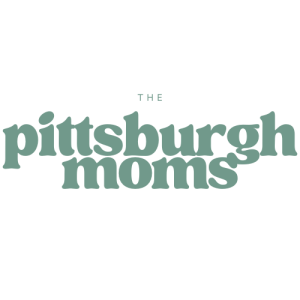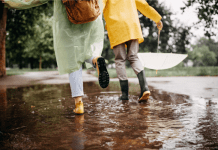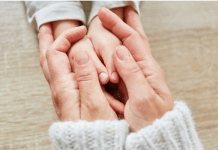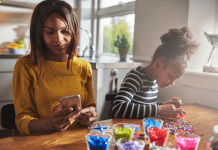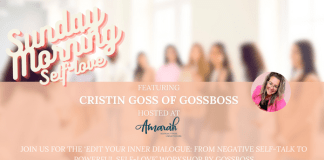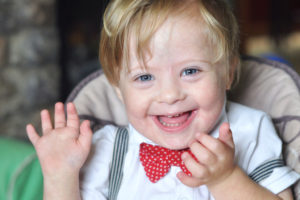Watching the events unfold in Squirrel Hill a few weeks ago, I was immediately touched by the outpouring of support for the people in that community. From vigils organized by high school kids, to fundraisers conducted by people who had never even been to Squirrel Hill and efforts by local teachers and students to raise awareness about anti-Semitism throughout the city, I found every gesture so moving. This was not just because the people in my city and elsewhere were rising to the occasion in such a powerful way.
I knew what each of those actions meant to the people in Squirrel Hill because I’ve seen how the power of community can help people deal with trauma. Four years ago, the faculty, staff and students at the school where I teach were the victims of an episode of mass violence. Before the start of first period, a fellow student stabbed 20 of his peers and a security guard in an act that shocked our small community in Westmoreland county to its core. Nobody died and a gun wasn’t used, so we faded from the national spotlight rather quickly. But that didn’t mean the impact of what happened wasn’t felt ten-fold by those of us who experienced it. After something like that happens, or the Tree of Life Massacre, or the mass shooting last week at a California bar, we ask ourselves why. It’s our way of processing; we look for positive meaning, for some explanation to take the edge off the sick feeling that the world is falling apart. Personally, the closest I got to positive meaning after what we went through was the amazing response from the community and the country-at-large. The t-shirts I saw throughout Pittsburgh that bore the name of our school, every “share” of a supportive message on social media, visits from professional athletes to our recovering students in the hospital, or the lunch the teachers of Sandy Hook had delivered to our building in the following weeks – every act of solidarity moved each of us and strengthened our resolve to come back from this tragedy more resilient than ever before. The banner signed by hundreds of students and community members that still hangs in our cafeteria is a constant reminder of the support we received, which made all the difference when we tried to return to life as usual.
Lately, I’ve been thinking about what this means for me as a parent. I have two toddlers now, and it’s easy to get caught up in the minutia of parenting. I spend a lot of time making sure they’ve washed their hands, eaten their vegetables and said “please” and “thank you.” But there’s big-picture parenting as well, and sometimes it takes a backseat to the day-to-day grind. These events made me think about how important it is that my children learn to value their community and to see that all humans are worthy of respect and love, regardless of their religion or ethnicity. I want them to see that it is our responsibility to come to the aid of those who are suffering, because that is what being a good neighbor really means.

Because my children are so young, they aren’t quite ready for a discussion of anti-Semitism or the pros and cons of gun control. But that doesn’t mean I can’t start now to teach them empathy, to model what it means to be a contributing member of the community, and to find opportunities for them to experience that now. They can begin today, even at this young age, to practice what it means to come to the aid of all of those in need, whether they are grieving or hurting or hungry or scared. I want my children to see that our connection to each other and to our common experience is a vital part of living a good life.
I realized over the last few weeks that I’ve been putting off teaching some of these lessons because my kids seem so young. It dawned on me, as I watched all of this unfold and thought of my own experience, that it’s never too early to start. So, my goal now is to find small ways to teach them about what it means to be part of their community. We’re starting by making holiday cards and baking cookies for the people in the nursing home where my uncle lives. It’s a place that’s familiar to them, somewhere they have visited and seen suffering. Here I believe that, even at three and five years old, they can experience how their actions can make a difference in brightening somebody’s day. If I can make this an intentional part of my parenting, my hope is that someday, when they are older, they will instinctively ask themselves what they can do to help others in need, how they can donate time or money or energy to a cause, not because a club or teacher told them to ask, but because it’s become part of their nature. Then, they can be part of the process of healing for others, as so many have been for me, my colleagues and our students, and my city.
